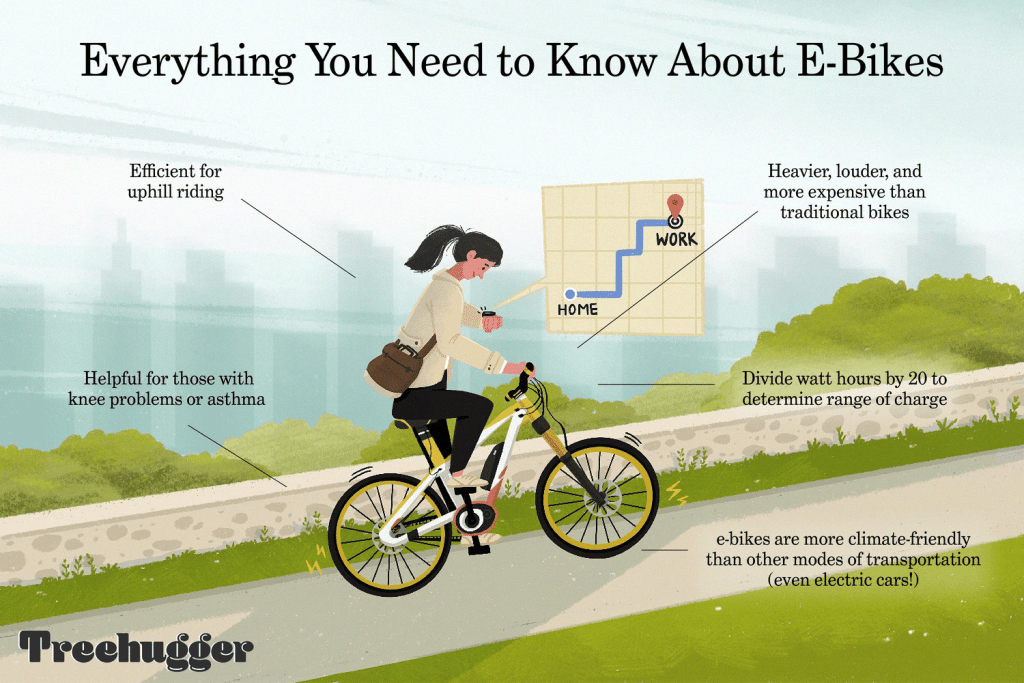Thinking about hopping on an electric bike for the first time? We’ve got you covered with everything you need to know before embarking on your two-wheeled adventure. From understanding the different types of electric bikes to knowing the rules of the road, we’ll walk you through the essential information to ensure a safe and enjoyable ride. Whether you’re a beginner or an experienced cyclist, our comprehensive guide will help you navigate the exciting world of electric biking with confidence. Get ready to rev up and explore the thrilling possibilities of this eco-friendly mode of transportation!
Table of Contents
Understanding Electric Bikes
Electric bikes, also known as e-bikes, are a fantastic way to enhance your cycling experience and make your journeys more enjoyable. They offer the perfect combination of traditional cycling and electric power, allowing you to ride effortlessly and cover longer distances with ease. Whether you’re commuting to work, exploring scenic routes, or simply enjoying a leisurely ride around town, understanding electric bikes is essential to make the most of your riding experience.
Different Types of Electric Bikes
Electric bikes come in various types, each designed for specific purposes and terrains. Understanding these types can help you choose the right e-bike that suits your needs and preferences. The most common types of electric bikes include mountain e-bikes, city e-bikes, folding e-bikes, and cargo e-bikes. Mountain e-bikes are built for off-road adventures and challenging terrains, whereas city e-bikes are perfect for urban commutes and leisurely rides. Folding e-bikes are ideal for those with limited storage space or who need a portable commuting option. Lastly, cargo e-bikes are designed to carry heavy loads and are perfect for running errands or transporting goods.
How Electric Bikes Work
Electric bikes are equipped with a battery-powered electric motor that provides additional power to the cyclist’s pedaling effort. The motor is usually integrated into the bike’s frame or positioned on the rear wheel hub. Through a pedal-assist system, the motor detects the force applied to the pedals and provides an extra boost, making pedaling less strenuous. The motor’s power can typically be adjusted through various levels to match your desired level of assistance. Riding an electric bike is as simple as pedaling and letting the motor amplify your effort, providing a smooth and enjoyable riding experience.
Benefits of Riding an Electric Bike
There are numerous benefits to riding an electric bike, making them a popular choice for individuals of all ages and fitness levels. One of the key advantages is the ease of cycling, as the motor assistance reduces the effort required to pedal, especially when faced with hilly terrains or strong headwinds. Electric bikes also offer an eco-friendly mode of transportation, promoting sustainability and reducing carbon emissions. Additionally, e-bikes can be a cost-effective alternative to traditional transportation methods, saving you money on fuel and parking costs. From improving your fitness level to avoiding traffic congestion, an electric bike can revolutionize your daily commute and leisurely rides.
This image is property of www.treehugger.com.
Choosing the Right Electric Bike
Selecting the right electric bike for your needs is crucial to ensure an enjoyable riding experience. With an array of options available, it’s essential to consider several factors before making your purchase.
Consider Your Riding Needs
Before choosing an electric bike, consider how and where you plan to ride. Are you primarily using it for commuting or leisurely rides? Do you need a bike that can tackle off-road trails? Understanding your riding needs will help narrow down your options and find a bike that suits your lifestyle.
Understanding the Pedal Assist System
The pedal assist system or PAS is one of the vital components of an electric bike. It determines how much assistance the motor provides based on the force exerted on the pedals. Some bikes offer multiple assist levels, allowing you to choose the level of assistance that suits your preference. Test out different pedal assist systems to find the one that feels most natural and comfortable for you.
Choosing the Right Motor Power
When selecting an electric bike, consider the motor’s power output. Higher wattage motors offer more assistance and are better suited for hilly terrains or carrying heavier loads. However, if you plan to ride on mostly flat surfaces or prefer a more traditional cycling experience, a lower wattage motor may be sufficient. Take into account your intended use and terrain to choose the appropriate motor power.
Battery Range and Charging Time
The battery range refers to how far an electric bike can travel on a single charge. Consider your typical riding distances and ensure that the bike’s battery range can accommodate your needs. Additionally, take note of the charging time required to fully recharge the battery. Some batteries can be charged completely within a few hours, while others may take longer. Understanding the battery range and charging time will help you plan your rides accordingly.
Comfort and Fit of the Bike
Just like a traditional bicycle, the comfort and fit of an electric bike are essential for a pleasant riding experience. Consider factors such as frame size, handlebar position, and saddle comfort. Test ride different bikes to find the one that provides optimal comfort and a proper fit for your body type.
This image is property of cdn.shopify.com.







































